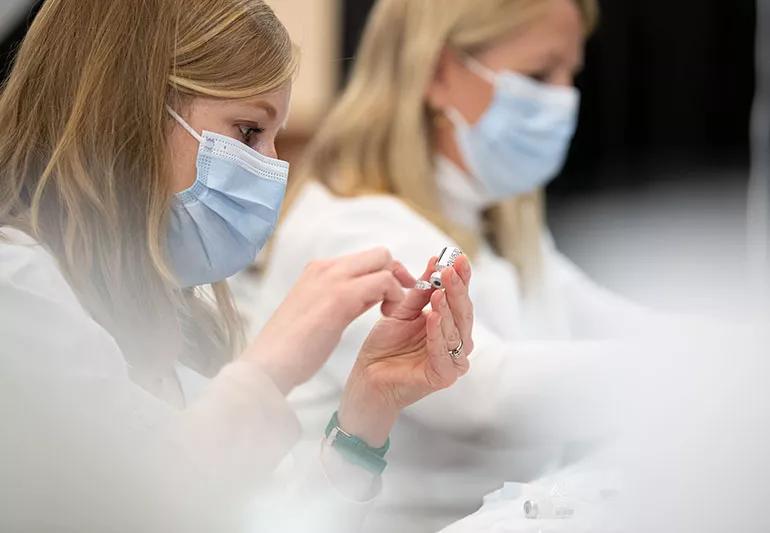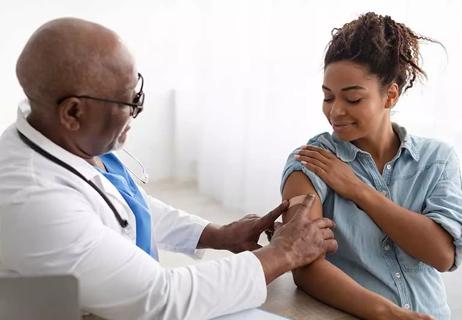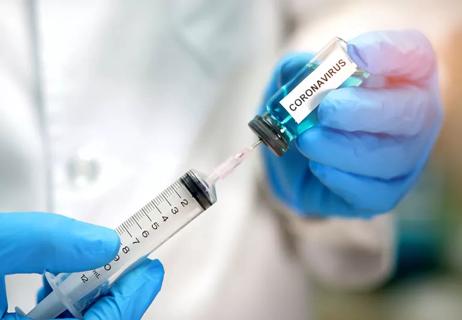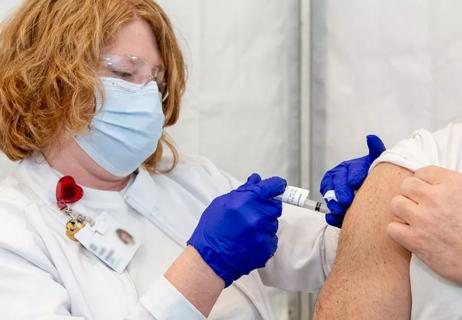Get the short answer from an inflammation and immunity specialist

Q: There have been some reports of people getting “COVID arm” after being vaccinated for COVID-19. Should I be concerned about this big, itchy, red blotch and can it mean something more serious is going on?
Advertisement
Cleveland Clinic is a non-profit academic medical center. Advertising on our site helps support our mission. We do not endorse non-Cleveland Clinic products or services. Policy
A: What we essentially think is going on with COVID arm is that your immune cells are reacting to muscle cells that have taken up the messenger RNA vaccine. The immune cells can be a little over-exuberant because they view the SARS-CoV2 spike protein produced by the vaccine as an infection that they need to fight off.
If you’ve ever had a tuberculosis test where they inject it under your skin and then check a day later to see if it’s puffed up, what you get is something called a “delayed type hypersensitivity reaction.” It usually takes a few days to develop. But if you have a certain type of infection, cells from your innate immune system will come in and try and destroy it and it ends up being an over-exuberant response.
COVID arm usually goes away within a few days and it is not life-threatening. The skin can be red, and some people have said that their injection arm was warm. But COVID arm is just a sign of your immune system being in overdrive.
That’s the puzzling thing when it comes to COVID-19. You’d think that this virus would just cause a cold and that’s it. But when it gets deep into your lungs, then it’s a race against the clock. The part of your immune system that’s making the antibodies will ramp things up to clear the virus.
Advertisement
On the other hand, your innate immune system is trying to destroy it. So, that’s the battle. And this is why the COVID-19 vaccines are so valuable. Because if you do get this infection in your lungs and you’re vaccinated, you can start making antibodies right away.
Should you end up with COVID arm, you can put a cold compress on it to help ease the inflammation. You can even take a pain reliever like Tylenol for the soreness. Rest and ice are good for most inflammatory conditions. And if you’re worried about possibly having a sore arm after your second dose, get it in the opposite arm to make things a little easier.
—Thaddeus Stappenbeck, MD, PhD
Advertisement
Learn more about our editorial process.
Advertisement

The latest vaccine offers the most up-to-date protection

Irregularities in cycle length and flow aren’t a cause for concern

Before you panic, here are the options to consider

You might be protected, but you still need to be careful

Get the facts before assuming the worst

It's not scary and it's another tool that can help us fight the coronavirus

An expert gives insight on what to do if you miss that second appointment

The short answer from a primary care specialist

Type 2 diabetes isn’t inevitable with these dietary changes

Applying a hot or cold compress can help with pain